She who from April dates her years,No gemstone is more iconic of wealth and luxury in our culture than diamonds. They are, after all, a girl's best friend.
Diamonds shall wear, lest bitter tears
For vain repentance flow; this stone,
Emblem of innocence, is known.
 |
| Square cut or pear-shaped, these rocks won't lose their shape. |
On a molecular level, diamonds are giant lumps of pure carbon: no oxygen, no silicon, no iron, just carbon. Heat and pressure (more pressure than heat) turned them from dull, black stuff into the clear, sparkling gems we know and love today.
 |
| These are made from exactly the same stuff. |
The name comes from the Greek word adámas, meaning "unconquerable" or "unbreakable," in reference to their hardness. This unbreakable quality is why diamond has so many industrial uses: drilling, carving, as grit, and so on, and was immediately apparent to the people who found them. Diamond's use as an engraving tool has been dated to approximately 500 BCE in India, though the Chinese may have been using them earlier.
Their rigid lattice prevents most of the kinds of impurities that lend other gems their color, but there are always notable exceptions. Trace amounts of boron or nitrogen can color a diamond blue or yellow, respectively. Flaws in the structure of the lattice result in a brown, pink, or red hue (depending), and radiation can turn them green.
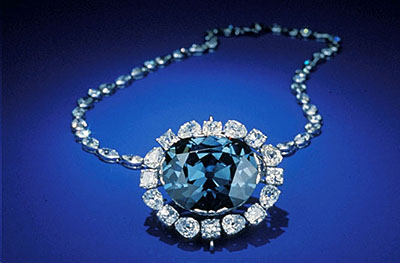 |
| The Hope Diamond owes its distinctive blue color to trace amounts of boron. |
Because of the conditions of their formation, diamonds aren't a mineral that just hangs around the Earth's surface, waiting to be discovered. Typically they form deep beneath the surface, beyond continental plates, and thus need to be sucked out of the ground through a volcanic eruption or mine, though some are created in meteorite impacts. The first diamonds to fall into human hands were probably picked up out of alluvial (i.e. riverbed) deposits in India anywhere from 3,000 to 6,000 years ago.
In addition to being used for engraving and stone cutting, the lovelier ones were used in jewelry and religious garb. According to Vedic astrology, diamonds are associated with Venus and enhance wealth, fame, and fertility. The Greeks believed they were pieces of stars or tears of the gods (depending on who you were talking to). In the early Middle Ages in Europe, diamonds were thought to possess incredible medicinal powers, though by the late Middle Ages, this belief had faded into obscurity and the gems were prized primarily and chiefly for their economic value.
Truth be told I have always found diamonds pretty boring as far as decoration goes. The biggest allure that rocks and minerals have for me is their stunning array of colors, and aside its unusually high refractive index and the odd "flawed" specimen, color is something diamonds just don't have. Beyond that, I've seen the same beautiful light play and clarity you expect from a diamond in a properly cut quartz—those are characteristics by no means unique to diamonds.
In addition to being used for engraving and stone cutting, the lovelier ones were used in jewelry and religious garb. According to Vedic astrology, diamonds are associated with Venus and enhance wealth, fame, and fertility. The Greeks believed they were pieces of stars or tears of the gods (depending on who you were talking to). In the early Middle Ages in Europe, diamonds were thought to possess incredible medicinal powers, though by the late Middle Ages, this belief had faded into obscurity and the gems were prized primarily and chiefly for their economic value.
Truth be told I have always found diamonds pretty boring as far as decoration goes. The biggest allure that rocks and minerals have for me is their stunning array of colors, and aside its unusually high refractive index and the odd "flawed" specimen, color is something diamonds just don't have. Beyond that, I've seen the same beautiful light play and clarity you expect from a diamond in a properly cut quartz—those are characteristics by no means unique to diamonds.
Oddly enough, people seem to disagree with me on that point. (Go figure!) Diamonds are still highly valued commodities, and even today there is a byzantine, deadly market that revolves around them. For more information about those markets and diamonds in general:
'Delightful Diamonds' by Kokoba
Sponsored by send bulk email from excel.


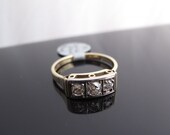

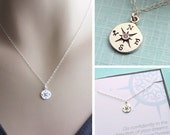
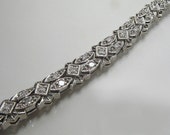
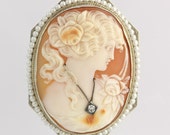
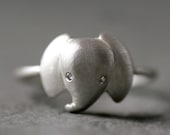
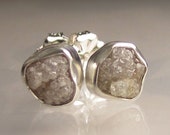

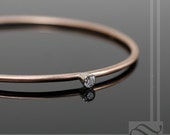
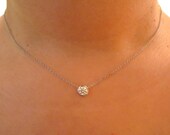
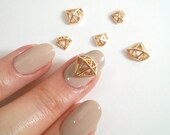
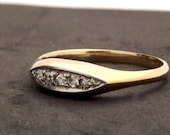
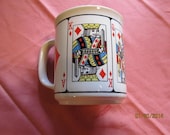
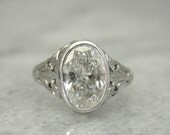

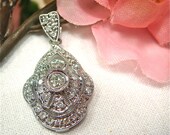
Wow these are some great information! my mum actually loves diamonds .. for her they are dearer than a best friend :D
ReplyDeleteThey're definitely fascinating gems!
Delete